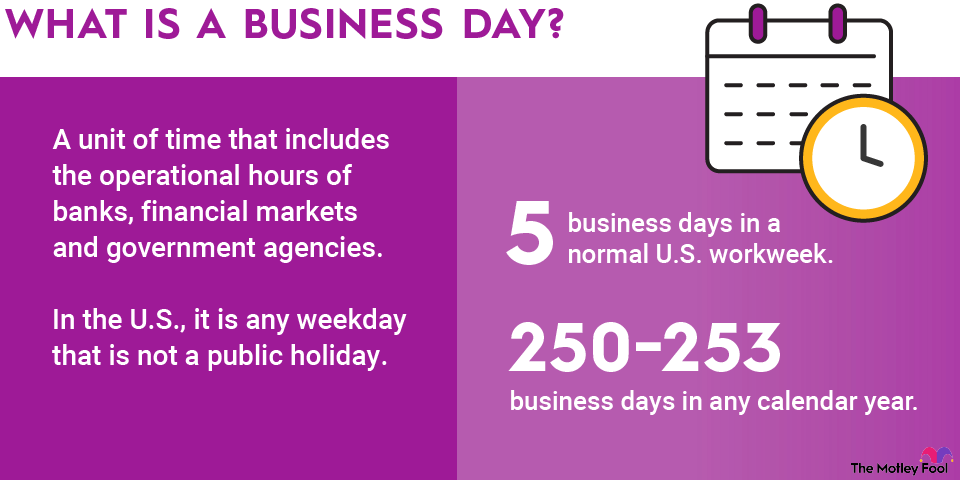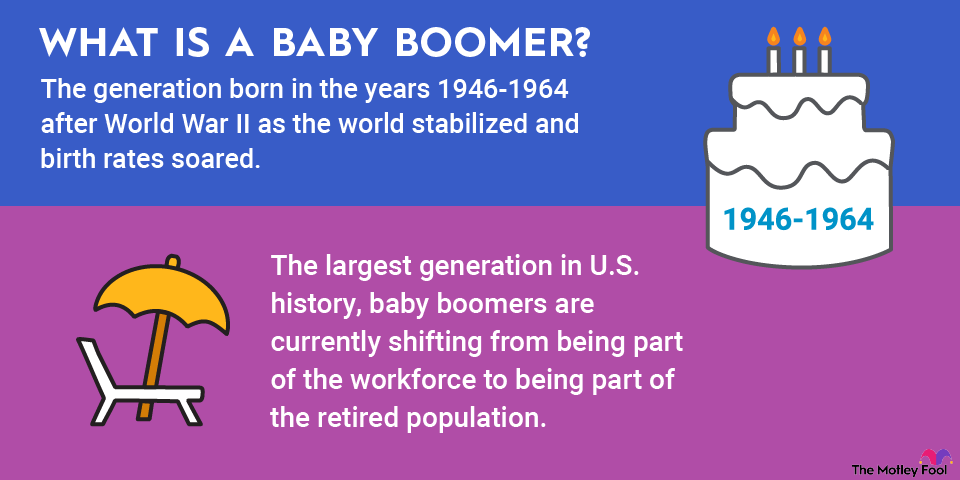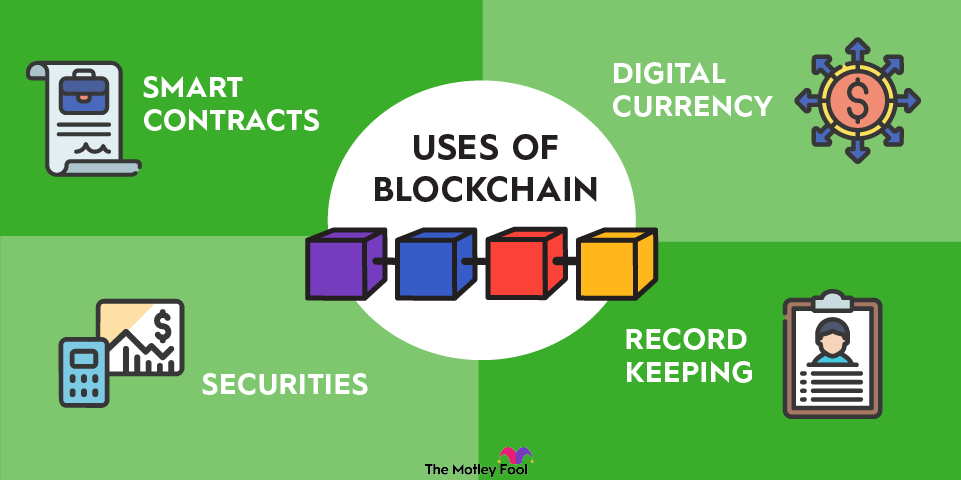Bond exchange-traded funds (ETFs) can be vital to your investment portfolio, particularly if you are not an accredited investor. Let's explore the types of bonds available within ETFs and the advantages of bond ETF investing. We'll also cover three portfolio allocations you can implement with bond ETFs.

Understanding bond ETFs
Bond ETFs are pooled, exchange-traded investment portfolios that hold debt securities. To clarify what that means:
- Pooled investment funds collect capital from many shareholders to invest in a group of assets. The fund distributes earnings from those assets, less expenses, to the shareholders.
- Exchange-traded funds are bought and sold on an exchange like the Nasdaq. You can see how the fund's share price changes throughout the trading day based on actual transactions. Mutual funds, on the other hand, are repriced once per business day.
- Debt securities are securitized loans between an issuer and a shareholder. The issuer pays interest to the shareholder for a specified time and then repays the principal at maturity. Bonds are debt securities.
Bond ETFs are widely used for diversification by novice and expert investors. One reason is their accessibility. Many bond issues are only available directly to accredited investors, so bond ETFs are an easier option for nonprofessionals to gain broad debt exposure.
Many bond ETFs use an indexing strategy to build diversified portfolios that are inexpensive to manage. Indexing involves choosing a benchmark index that defines which bonds are in the fund. The fund can either replicate the exact holdings in the index or invest in a representative sample. Either way, portfolio management is mostly automated to mimic the performance of the underlying index.
Bond ETFs that track an index usually have expense ratios less than 0.3%, or $3 of annual expenses for every $1,000 you have invested.
Types of bonds available in ETFs
Bond ETFs can have broad or targeted portfolios. A broad portfolio might hold a representative sample of bonds by various issuer types, maturities, and credit qualities. A targeted portfolio might focus on one issuer type or maturity length.
Bond issuer types include:
- Government. Governments sell bonds to raise funds for federal spending. U.S. government securities issued by the Treasury are considered safe assets.
- Agencies. Federal agencies and government-sponsored enterprises like Fannie Mae issue bonds. Fannie Mae bonds support housing initiatives. They are riskier than Treasury-issued bonds.
- Municipality. State and local governments also sell bonds to support state and local initiatives. Interest from municipal bonds is often exempt from income taxes.
- Corporations. Businesses also issue bonds to raise capital.
Bonds are additionally categorized by their maturity, which is the timeline for loan repayment. Maturity is an important factor, because it influences the bond's reaction to changes in market interest rates. Bond values in the secondary market usually rise when interest rates fall and vice versa, but this reaction is less severe for shorter-term debts.
Maturities are grouped as short, medium, or long-term:
- Short-term bonds mature in less than one year, up to four years.
- Intermediate-term bonds mature in four to 10 years.
- Long-term bonds mature after 10 years or more.
Lastly, bonds can be classified by credit quality. Rating agencies provide credit quality scores based on the bond issuer's financial health. While there are several ratings categories, investors usually group them in two buckets:
- Investment grade. These are relatively safe because the issuers are financially healthy.
- High yield. High-yield bonds, or junk bonds, have a higher risk of default. If the issuer defaults, bond investors may lose their money.
Investing in bond ETFs
Diversification, liquidity, and accessibility are three reasons to invest in bond ETFs.
- Diversification: Bond exposure can reduce a stock-heavy portfolio's volatility. High-quality bond ETFs should provide stable income over time.
- Liquidity: Because bond ETFs are exchange-traded, they are usually easy to sell.
- Accessibility: If you have a brokerage account or individual retirement account (IRA), investing in bond ETFs is simple. Log into your account and place a trade order for the bond ETF you want. Direct purchase of corporate and municipal bonds can be more complicated.
Related investing topics
Example of bond ETF allocations
Allocation is the relative percentage of your portfolio invested in each asset class. Your ideal bond ETF allocation depends on your risk tolerance, goals, and investing timeline. For example, if you are risk-averse, you will hold a higher percentage of bonds because they are less volatile than stocks.
Three allocation strategies are below. They are ordered from conservative to aggressive. All three can be implemented using ETFs.
- Harry Browne permanent portfolio. Browne was an investment advisor and author of the book Fail-Safe Investing. He recommended 25% 1-3 year Treasury bonds, 25% long-term Treasury bonds, 25% gold, and 25% U.S. stocks.
- 60/40 portfolio. A portfolio with 60% stocks and 40% bonds balances the volatility of stocks with the stability of bonds.
- 90/10 portfolio. If you can handle more risk for greater return potential, you could reduce the bond exposure to 10%. The remaining 90% would be U.S. stocks. The famous billionaire investor Warren Buffett popularized this portfolio.
Bonds provide essential diversification to your portfolio. They are easily accessible via bond ETFs, which can deliver broad or targeted debt exposure.



















